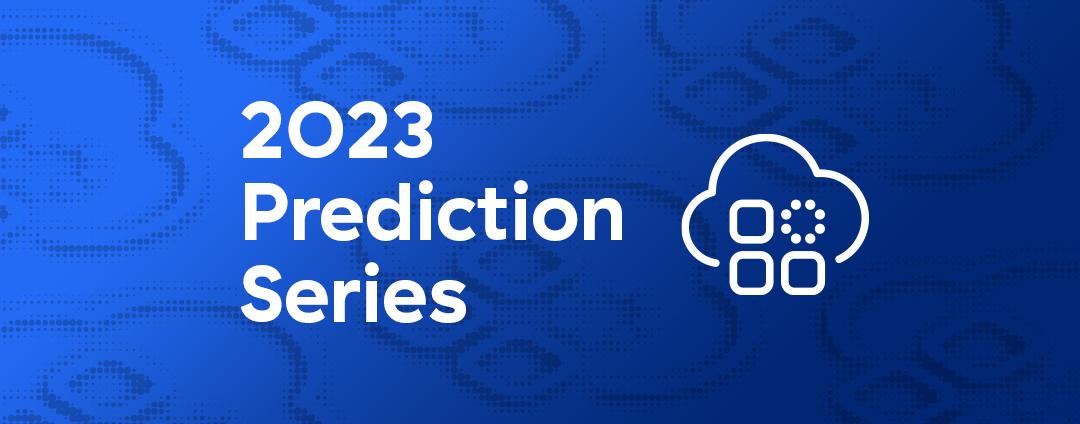The business IT environment is changing rapidly and, as a result, today’s CIOs have to tackle a number of big challenges. Twenty years ago, applications and data were stored on an individual’s computer. Today, cloud-delivered applications, services, and infrastructure are transforming business processes, services, and models. Cloud transformation has turned what was once a predictable and tightly controlled ecosystem upside-down.
In the midst of all this change, CIOs are under pressure to improve employee productivity, encourage standardisation throughout the organisation, and ensure any changes that are implemented drive cost savings. Indeed, CIOs have a big job on their hands as they attempt to recognise the importance of—and embrace—new technology that will help streamline business operations and keep the company competitive, whilst saving IT significant amounts of time and money.
In this blog, we take a look at four steps of a cloud transformation journey, and how CIOs can navigate these steps successfully:
1. Global collaboration
Improved collaboration is making its way into the CIO strategy, which isn’t surprising given the competitive advantage collaboration can bring. Creativity, innovation, and communication need to take place across the board. If a business doesn’t have the ability to share information and work amongst global teams, it is missing out on opportunities. Think of the ideas and knowledge that, if shared, could increase efficiencies, reduce costs, boost sales, and reduce customer churn. Collaboration is at the heart of today’s cutting-edge business, and CIOs need to ensure their technology encourages and simplifies collaboration at all levels.
2. Cloud security
Organisations everywhere are being challenged to reduce costs while increasing productivity and performance. To meet these challenges, CIOs are adopting a cloud-first strategy that utilises software-as-a-service (SaaS) and infrastructure-as-a-service (IaaS). Motivated by the idea of migrating apps to public cloud providers like AWS and Azure and benefiting from increased accessibility, business productivity, flexibility, and cost-effectiveness, cloud migration seems to be a relatively straightforward way of enhancing performance and reducing costs related to hardware inventory and maintenance.
However, the success of a cloud-first strategy is dependent on tools that make a company cloud-ready. Legacy hardware appliances within offices and branches have limitations which are quickly reached when relying on them to support cloud use. These limitations can leave a company vulnerable in terms of security and stifled performance. CIOs can overcome this challenge with a unified cloud security solution with a full range of security controls that enable both secure internet access and secure remote access. With visibility into all traffic that’s moving across the network, CIOs can gain insight into every request—by user, location, and device around the world—in seconds.
3. Mobility
The number of employee-owned and managed devices, also known as BYOD, being used for work continues to grow each year. According to recent research, BYOD and enterprise mobility in Europe is projected to grow at a CAGR of more than 17 percent by 2023.
The benefits of BYOD are well known. Not only does it enable and maximise a productive workforce, but it saves money by eliminating the need to buy individual employees their own devices. By allowing workers to use devices they enjoy and are comfortable with, BYOD also increases employee satisfaction.
Bringing mobile devices into the workplace does, however, put pressure on CIOs to secure these devices as they access the internet, SaaS, and internal applications. Securing traffic to different types of apps is often complex for IT and forces end users to actually think about the location of apps and how to access them, which falls short of the seamless experience users have come to expect. CIOs need to ensure they are able to enforce security and access policies, regardless of device, location, and application.
4. Internet first
Last on the list is an internet-first approach. The rapid proliferation of cloud services and SaaS applications is ultimately leading all businesses to rethink their traditional approach to web security. Moving to the cloud increasingly requires CIOs to create secure, direct-to-internet connections. As such, they are embracing software-defined wide area networking (SD-WAN) to drive network simplicity and reduce costs.
SD-WAN works by simplifying how traffic is routed in the branch, which makes it easy to establish local internet breakouts. Software-defined policies are used to select the best path to route traffic connecting the branch to the internet, cloud applications, and the data centre. By defining policies for all branches, organisations can easily deploy new applications and services and manage policies across many locations.
CIOs need to make sure they are able to prioritise critical applications such as Office 365 over the likes of YouTube and streaming media, and that they have the ability to leverage multiple branch connection types, including broadband, LTE, and VPN over broadband, to allow a seamless user experience.
Recognising the importance of globalisation and shifting to more mobile-, cloud- and internet-based workloads, all the while navigating network and security challenges and concerns, is a common balancing act for today’s CIOs. However, by successfully taking these steps, CIOs can streamline business processes, enhance the user experience and, ultimately, boost business productivity.
- - - - - - - - - - - - - - - - - - - - - - - - - - - - - - - - - - - - - - - - - - - - - - - -
Matt Piercy is VP and General Manager of Zscaler EMEA





